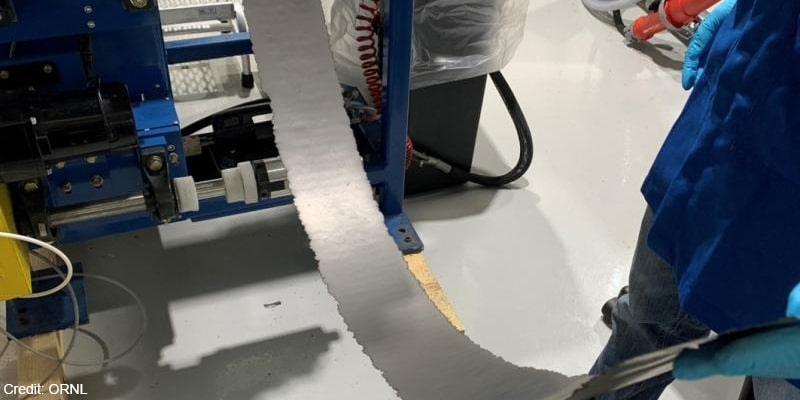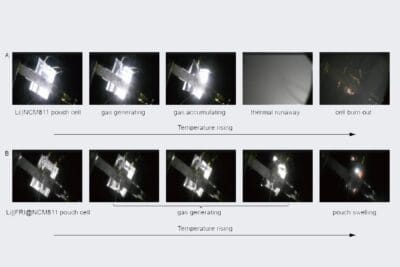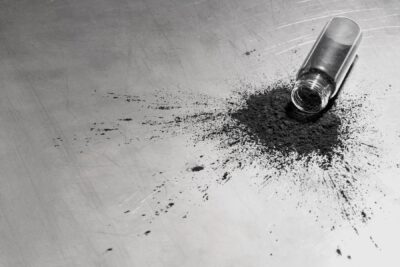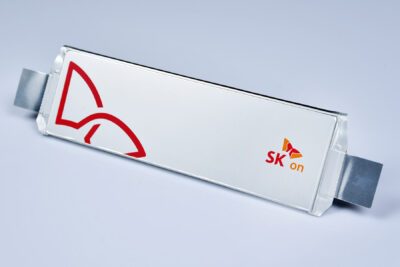Oak Ridge Lab to improve battery dry coating processes
The Oak Ridge National Laboratory (ORNL) of the US Department of Energy is investigating how the dry coating of electrodes affects the structure of battery materials and their electrochemical properties with industrial partner Navitas Systems. ORNL is also a cooperation partner of Volkswagen.
So far, a number of companies and research institutions around the world are currently working on dry-coating processes for electrodes. As a central component of the battery, these usually consist of a metal foil covered with a thin coating. The coating contains the active components that are responsible for energy storage. Usually, the coating process is carried out wet-chemically with so-called slurry preparations: A kind of paste is produced from active material, conductive blacks and binders together with a solvent, which is first used to create a wet layer on the metal foil. In order for the solvent to evaporate again afterwards, huge plants with very long drying distances are needed. These steps would make dry coating superfluous.
Oak Ridge National Laboratory points out that dry coating as an alternative not only saves space in the factory, but also time, energy, waste disposal and start-up costs, but: “Until now, researchers have had limited understanding of how and why it works.” ORNL has therefore initiated a study with Navitas Systems, investigating an approach that mixes dry powders with a binder and then compacts them. This strategy could be applied to both the anode and cathode by focusing on either specific materials or mixing methods, according to an accompanying release.
Navitas was responsible for fabricating the electrodes in the project. ORNL researchers then measured their electrochemical performance under different conditions and over different periods of time – and attest that the batteries made using the dry process have an “excellent ability to maintain their capacity even after prolonged use”.
The electrodes are thicker to allow for a higher energy charge, according to research leaders Runming Tao and Jianlin Li. “There are more active materials in the electrode. And even after the cycles, it has few cracks.” Tao deduces that the dry coating is associated with high battery energy density and good cycling stability.
ORNL also confirmed that the dry coating process is highly compatible with current modern electrode manufacturing equipment and causes less negative environmental impact. But it still has its weak points: The research facility outlines that the next step will be to aim for stabilisation of the material used to attach the anode components to a thin metal current collector. “A main goal for this project is to develop or identify a better binder for the dry process, because the current binder is not very stable for the anode environment,” Li explains.
The team is also working to reduce the amount of carbon black, a material that maintains the battery’s conductivity but compromises energy density. In addition, “thick electrodes” may provide less energy because the ions have to travel a further distance. So, according to the research leaders, it is a matter of balancing the advantages and disadvantages of the thicker electrode.
The findings are also interesting in light of Volkswagen’s recent confirmation that it wants to industrialise the dry coating of electrodes in electric car batteries. ORNL is already a cooperation partner of Volkswagen in the USA. Volkswagen envisages the series production of cells manufactured in this way by 2026/2027. Tesla is also working on dry coating for its 4680 cells.





0 Comments